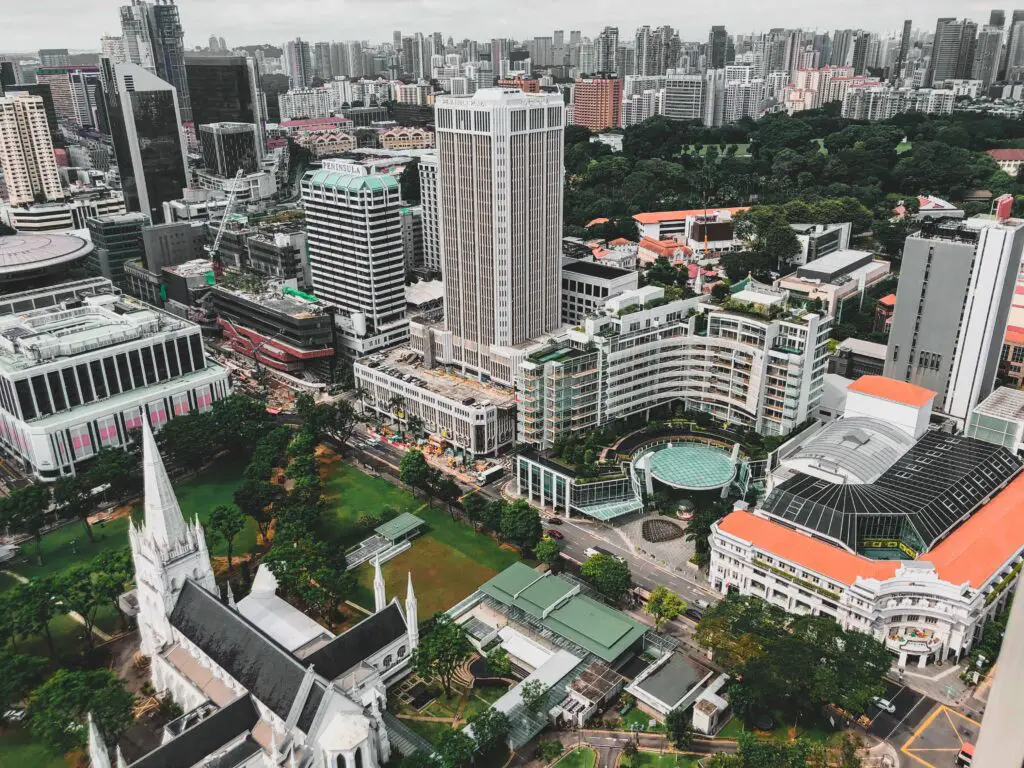
Since the dawn of Creation, individuals have always lived in a community or a metropolitan area. From entertainment to food, cities built thousands of years ago still contain similar components we see in our modern ones today. Timeless additions to towns like open markets and to-go restaurants have been around since Pompeii!
But the future of cities may not be as familiar. With a new innovation on the horizon, cities could turn into futuristic metropolises like the Imperial City from Star Wars. Why? Due to the rising popularity of “smart city.” Before hearing about a smart city, I was inclined to believe that most every city was smart due to the modern technology used in transportation, food service, and entertainment. However, my guess was totally off.
Smart cities are not necessarily cities with more advanced technology; they are instead cities that integrate technology to collect data from individuals so that the city can algorithmically become smarter. In a sense, the city is like an artificial intelligence device that learns from its patterns. For example, touch screen maps at the mall are one small integration of a smart city.
But on the larger scale, smart cities require the integration of key points within the city’s framework to function. For a smart city to work properly, it must be connected to its citizens through entertainment, culture, the sciences, arts, and most importantly: technology.
The question is, how far off are we from these types of cities? On the technology and energy side, we’re already seeing a smart city integration. Solar-powered cell phone charging stands, the encouragement of green transportation like electric cars or bikes, or water bottle refilling stations that save on plastic bottles. Even the bright white lights that flash at stoplights when emergency vehicles are approaching are part of the smart city integration.
But what does this look like for individuals? In Amsterdam, a smart city initiative began in 2009. The main project focused on reducing energy consumption, making the city safer, and reducing traffic congestion. One of the end products was a city-wide lighting system that brightened and dimmed depending on foot traffic in the surrounding areas. In Barcelona, irrigation networks have digitized sensors that are able to control the outflow of water needed for plants.
In reality, many of our cities in the United States already incorporate some type of smart technology. So really, it’s not about how far off we are to smart cities; it’s instead about how much smart city components have already integrated into our societies.
Taking a look to the future, smart cities might definitely improve the quality of life in the city despite the integration of more technology. Smart cities could mean safer environments for women who want to jog outdoors alone. Maybe even more concise and consistent forms of payment and ID instead of carrying around cash in a wallet. Or possibly faster modes of transportation due to improved bus routes. Yet, however much our modern metropolis’ change, one thing is for certain–the future is bright.